If your tire valve stem is leaking, you have several options for replacement. Determining what’s best depends on where the valve stem is leaking. If you don’t know how to replace a tire valve stem, you might wonder if it can be done without removing the tire.
In this guide, we cover all of the steps, so you can avoid a trip to the tire shop. We also discuss when you can use the valve core tool to make the process even easier.
Can You Replace a Tire Valve Stem Without Removing the Tire?Yes, you can replace a tire valve stem without removing the tire from the rim. However, you must deflate the tire and separate the tire bead from the rim on the side where the tire valve stem is located. It can be a bit tricky but is definitely doable.
If the air is leaking out of the core of the valve stem, you have a much easier fix. Spray a soapy solution on the valve stem to see where it is leaking. If the air bubbles come from within the core itself, you can get a valve core replacement tool and a new part without spending a lot of money.
Jack up the appropriate wheel and remove the old core using the tool you purchased. Once it is out, you can easily screw in a new core. Just don’t screw it in too tightly or the threads could become stripped. Refill the tire with air and give it another go.
The process is a little more difficult if you need to replace the tire valve stem. Many people prefer to take the vehicle to the tire shop for a professional replacement. However, you could do it yourself with the right tools and expertise.
Where is the Tire Valve Stem Located?The tire valve stem is found in the wheel of the vehicle. It’s the valve where the tires get inflated. Inside the valve stem, there’s a valve core that’s spring-loaded utlizing the pressure from within the tire to seal itself. On the valve stem, there is a cap that keeps the debris and dirt from getting inside. This cap doesn’t help to keep the air in but is needed to keep the core and stem in good condition.
This cap doesn’t help to keep the air in but is needed to keep the core and stem in good condition.
As the valve stem gets older, it can become brittle or crack. These problems lead to leaking, making it difficult to keep the proper amount of air inside the tire. Depending on how bad the situation is, the leak could be slow or fast. Either way, you will need to replace the core or the entire valve stem.
RELATED: Do Tires Lose Air If The Air Tire Valve Cap Is Missing?
How To Replace a Tire Valve Stem Without Removing The Tire1. Gather MaterialsTo complete any automotive job, it’s important to have all of your tools handy. You don’t want to be searching around to find what you need. For most cases, these are the tools you should have on hand:
 Loosen Lug Nuts
Loosen Lug NutsTo work on the tire, you will first want to loosen up the lug nuts. It’s not time to take them off yet.
You only need to loosen them up on the tire you plan to work on. With your lug nut wrench, turn them all slightly so the job is easier later on.
RELATED: How to Remove a Stuck or Stripped Lug Nut
3. Jack Up CarMake sure the vehicle is parked on level ground. You also want to set the parking brake and possibly put wheel chocks down on the tires, which will remain on the ground.
Carefully raise your vehicle up enough to get the tire off. You can set the vehicle on sturdy jack stands to complete the rest of the job.
4. Remove WheelYou loosened the lug nuts earlier, making it easy to get the wheel off now. Take the wheel off that needs work.
Set it down on a flat surface. Make sure the outside part of the wheel remains facing up. Also, put the lug nuts in a safe location, so none of them get lost.
RELATED: How to Remove a Stuck Wheel on Your Car (5 Easy Steps)
5. Deflate TireIt’s time to let all of the air out of the tire. To do this, start by taking the cap off of the valve stem.
With your valve stem removal tool, take out the core. Once this is completed, the air will freely flow out from the tire.
6. Separate Tire BeadTo replace the valve stem, you must separate the bead from the tire. You can use a tire iron and sledgehammer to accomplish this task.
While you pry the tire apart, hit the sidewall with the sledgehammer. Continue working in the same area until the bead breaks. It should make a popping or cracking sound once it is accomplished. Also, the inner lip of the tire will become visible.
With the bead broken, you want to keep moving around the tire. Perform the same movements until the entire bead is broken around the tire.
Only remove the bead on the side where the stem is located, if you remove both sides and rotate the tire by mistake you have to rebalance the wheel.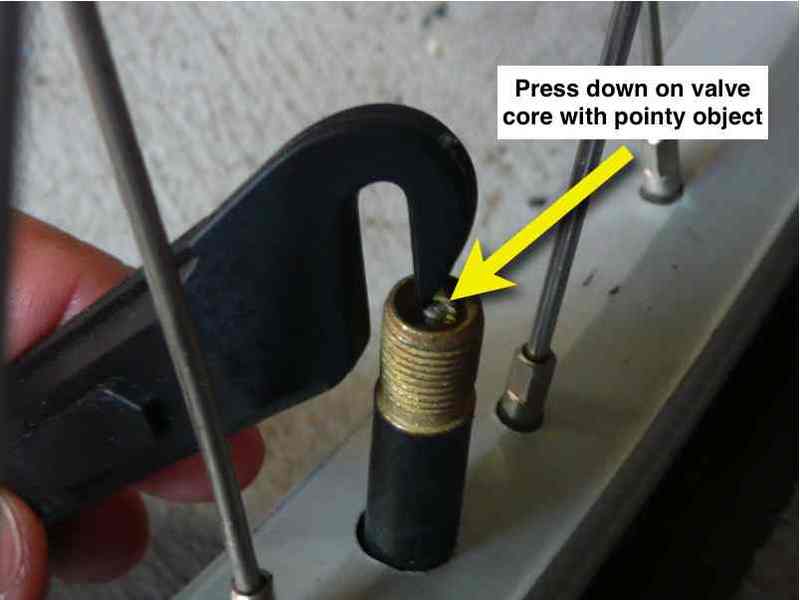
RELATED: 5 Symptoms of Unbalanced Tires (& Tire Balancing Cost)
7. Remove Valve StemLift up the tire lip away from the wheel. You can use your tire iron to pry it upward and pull the lip over the wheel edge. You can do this to take the tire off of the rim, although some people successfully skip this step.
With your needle nose pliers, you can remove the valve. Pull it away from the wheel to remove it. You can sometimes also use a knife and cut it to remove it easily, however, be careful so the cut part doesn’t stay inside the tire.
8. Install New Valve StemFind your replacement valve stem. Install it into the wheel from the inside.
You will need to use your needle nose pliers to pull it through. Make sure it is properly seated and use some kind of lubricant to install it more easily because you don’t want to deal with any more leaks once the job is done.
9. Reinstall/Inflate TireInflate your tire to the appropriate pressure. You can find the recommended psi on the driver’s side door jamb. If the tire doesn’t want to inflate by itself: Press the tire back over the rim until the bead clears the edge. Work around the wheel while inflating the tire until the tire is properly seated.
You can find the recommended psi on the driver’s side door jamb. If the tire doesn’t want to inflate by itself: Press the tire back over the rim until the bead clears the edge. Work around the wheel while inflating the tire until the tire is properly seated.
If you rotated the tires on the wheel by mistake or installed a heavier or lighter tire valve stem, you have to rebalance the tires.
RELATED: How to Find the Correct Tire Pressure For Your Car (4 Steps)
10. Check for LeaksBefore you mount the tire back on the vehicle, it’s best to check for leaks. Use your spray bottle with the soapy solution and apply it all around the tire valve stem. If there are no air bubbles coming out, you are good to go.
Reinstall the tire back on the vehicle. Once the lug nuts are secure, you can lower the vehicle from the jack stands and put all of your equipment away.
Replacement Tire Valve Stem CostIf you can replace the valve stem yourself, it might only cost $5-$10.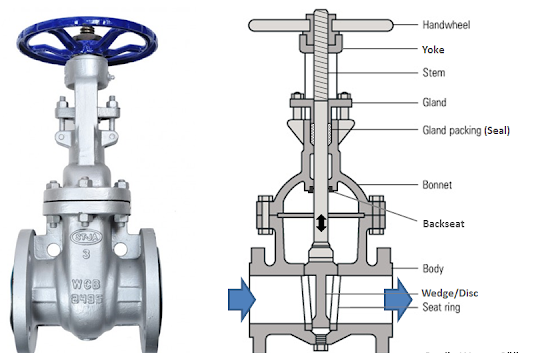 The process will take some of your time, which must be factored in.
The process will take some of your time, which must be factored in.
On the other hand, if you choose to go to a tire shop for valve stem replacement, you might spend $25 or more. Plus, you will have to wait for customers that arrived before you, so it could actually take longer to accomplish.
Was this article helpful?
YesNo
November 23, 2021 Roadkill Customs How To & DIY
From cars to trucks, ATV’s and motorcycles, all of these vehicles suffer from bothersome leaky or broken valve stems. Especially with vintage cars and trucks, the stem can become dried and brittle and be very prone to leaking. Aluminum car and truck wheels are also notorious for corrosion around the valve stem base allowing air to leak out.
While changing the stem is not a difficult task, breaking and reseating the tire bead can be a challenge for many DIYers. Enter the AME Valve Stem Replacement Tool Kit that allows you to replace the valve stem quickly and easily without removing the tire from the wheel.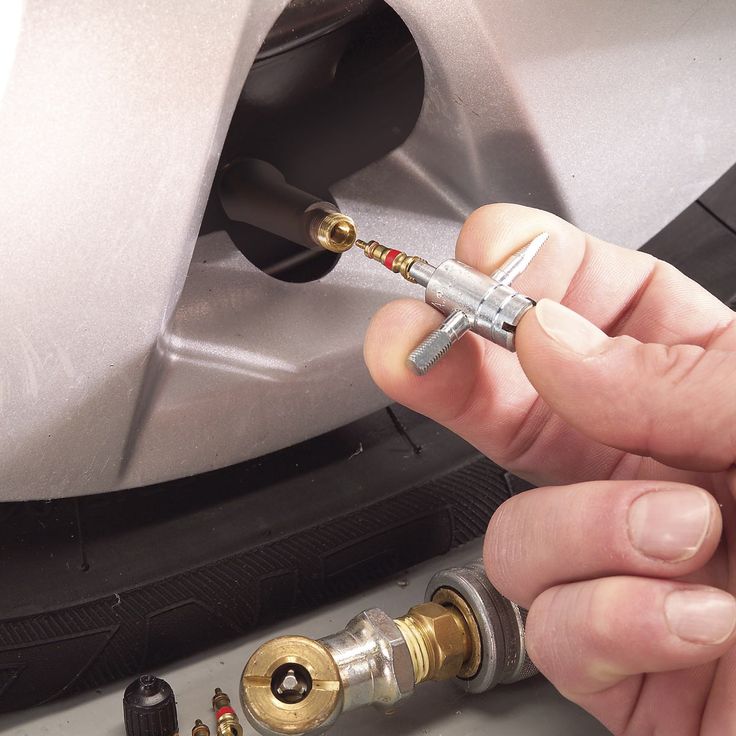 Save yourself time, money, and the headache of replacing valve stems the hard way.
Save yourself time, money, and the headache of replacing valve stems the hard way.
Time Needed : 1 minutes
How To Replace A Valve Stem Without Breaking The Tire Bead
Deflate the tire if not already flat. Insert T-Handle between the rim and valve stem.
Turn T-Handle 1/4 turn to hook the valve stem and pull it out.
Thread a new valve stem on the end of the plunger rod. Apply tire/rubber lubricant to the base of the valve stem.
Position the insertion guide cone over the valve stem hole.
Push plunger rod/valve stem assembly completely through insertion cone.
Pull back to seat the new valve stem and un-thread the plunger rod.
This tool kit is great for cars, trucks, trailers, and off-road vehicles and ideal for any leaking rubber valve stem.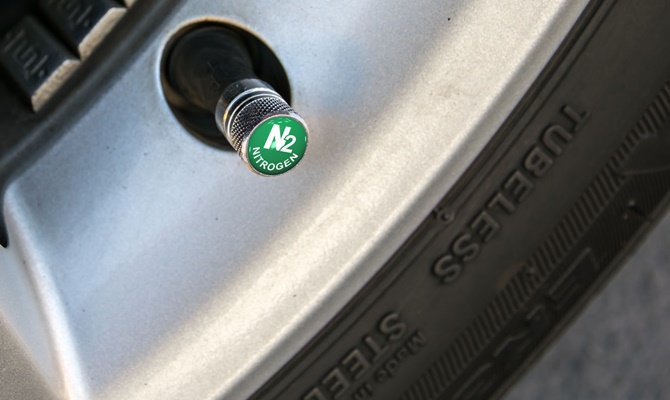 AME International is a leading manufacturer of tire-changing tools and automotive maintenance equipment.
AME International is a leading manufacturer of tire-changing tools and automotive maintenance equipment.
Editor’s Note: This kit will not work for TPMS equipped vehicles that have the sensor in the valve stem hole. Valve stems are not included with the kit.
New: $38.00
Buy on Amazon
New: $3.49
Buy on Amazon
New: $22.28
Buy on Amazon
Follow Us on Flipboard
Author Teplov Pavel Reading 3 min. Views 11 Posted by
Your tire is leaking and you can't figure out why? If you've checked the nail but haven't found it, it may be time to complete your valve stem replacement.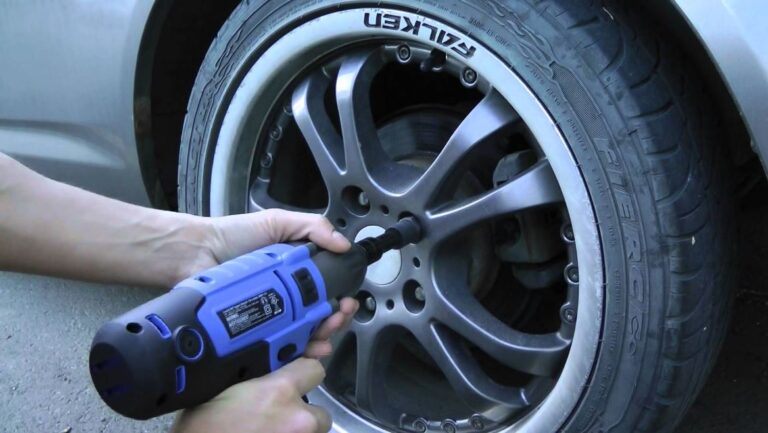
There's no reason to remove a tire when changing a valve stem - and the shop doesn't have to either. Let's take a look at a complete guide to installing and replacing a tire valve stem.
Content
Replacing the valve stem is a simple task, even if you are not a mechanic. Repairing new valve stems costs about $10 if you do it yourself. If you bring it to the store, it will cost about $30.
Before you start replacing anything, make sure you have the right tools. When you get the new valve stem, you will also need a new valve stem and valve stem tool.
Valve stem tool looks like a plus sign.
Before replacing the valve stem, check that it is actually leaking. If you take some water and a drop of dish soap and rub it against a valve stem without a cap, you can check for leaks.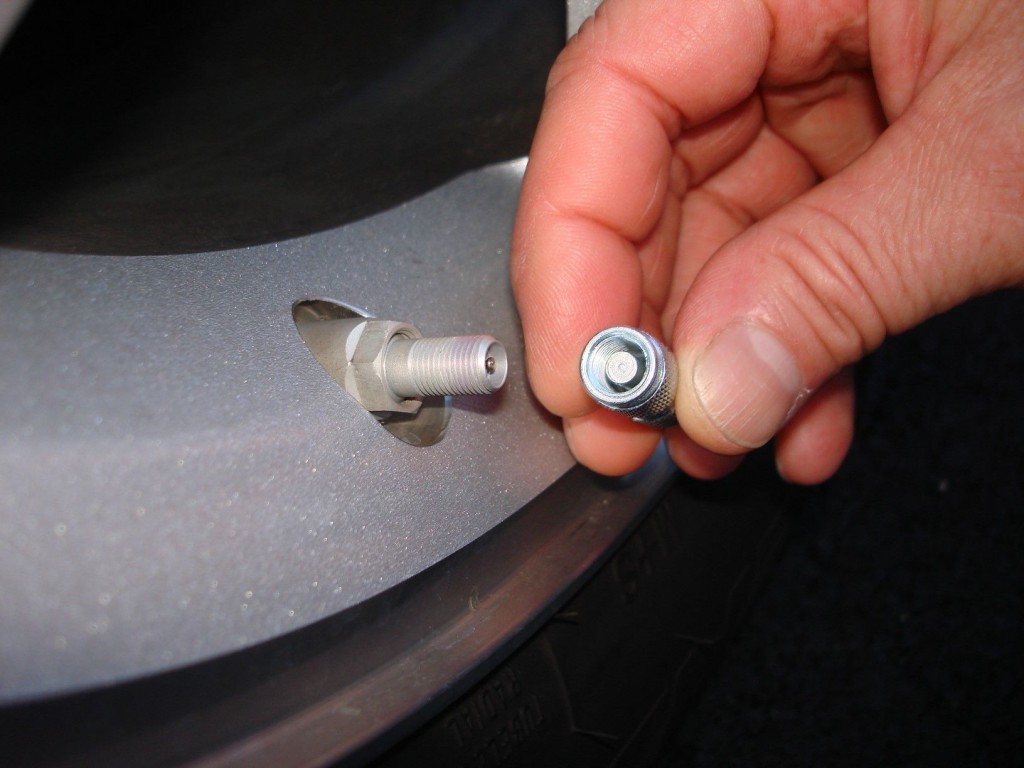
The valve stem is leaking if small bubbles form on it. stem base.
If bubbles do not form, the valve stem is most likely not the culprit.
After confirming that the valve stem is leaking, you need to bleed the tire after you have removed it. You will need to unscrew the valve from the tire using the valve stem tool you purchased earlier.
If air remains in the tire, the valve stem will be under pressure, so be sure to remove all air before removing the core. Once you have removed the core, discard it and you are ready for the next step.
The valve core tool you purchased is required to clean the inside of the valve stem. Clean the hole in the tire where the valve stem came out and make sure it is free of dirt and debris.
Now that you have your tire ready with the new valve stem and it is clean, grab your valve stem. Using the same end of the valve stem tool, install the new valve core. Tighten the new valve, making sure there are no leaks.
Tighten the new valve, making sure there are no leaks.
When the new valve is tight, re-inflate the tire and reinstall the valve cap. That's it, and you replaced the valve stem yourself!
As you can see, it requires a few simple steps to replace the valve stem yourself. This way you save money and time. It will take less than 10 minutes from end to start.
Want more valve tips? Contact us today!
The tire valve is the tip that inflates the tire and ensures it is sealed. It is attached either directly to the inner tube or to the wheel rim. The tire valve is damaged while driving and must be replaced at the same time as the tires.
La d'un valve tire A car tire is a rubber tip that sits on the tire. The tire valve, fitted with a plastic cap, has two main functions:

The tire valve can be attached to the inner tube or to the rim, as is the case with tubeless tire valves. It comes in two types:
In short, the tire valve prevents air from escaping from the tire, but also prevents dirt from entering the tire. Hence, it also plays a protective role. Finally, it allows, in particular, to make tire pressure and then maintain this pressure by keeping the air inside.
One of the functions of a tire valve is to seal it by keeping air inside the tire. But over time and miles, it can get worse as it is subjected to the pressure and centrifugal force of rolling tires.
But over time and miles, it can get worse as it is subjected to the pressure and centrifugal force of rolling tires.
When damaged, the tire valve can cause Air leak and pressure drop tire. The main cause of tire valve leakage is its age, and the mechanism it contains eventually fails.
The risk of tire valve failure is the slow release of air from the tire. No matter how hard you apply pressure and re-inflate it, it will continue to lose air. However, driving with improperly inflated tires is dangerous: loss of traction, increased stopping distance, reduced tire life and risk of bursting.
Therefore, the valve in a leaking tire must be repaired or replaced. We also recommend replacing tire valves every time you change tires.
To change the tire valve, you must disassemble the wheel and separate the tire from the rim. You must use valve stem extractor to replace the latter. However, there are also CIP tire valve replacement tools, but these are often not compatible with electronic valves.
You must use valve stem extractor to replace the latter. However, there are also CIP tire valve replacement tools, but these are often not compatible with electronic valves.
Finish loosening the wheel nuts and remove it. Lay it on the floor with the outer side up. Remove the tire valve cap, then remove the core with a valve stem remover. Let the tire go down.
After the tire is deflated, you must detach it from the rim. You can use a sledgehammer all over the tire. Then, using an iron, remove the tire from the rim by inserting it between the tire and the edge of the rim.
Once the tire is separated from the rim, you can remove the stem from the tire valve. Use pliers to remove the old valve and install the new one in its place. You can then put the tire back on the rim and inflate it to the pressure recommended by the manufacturer.